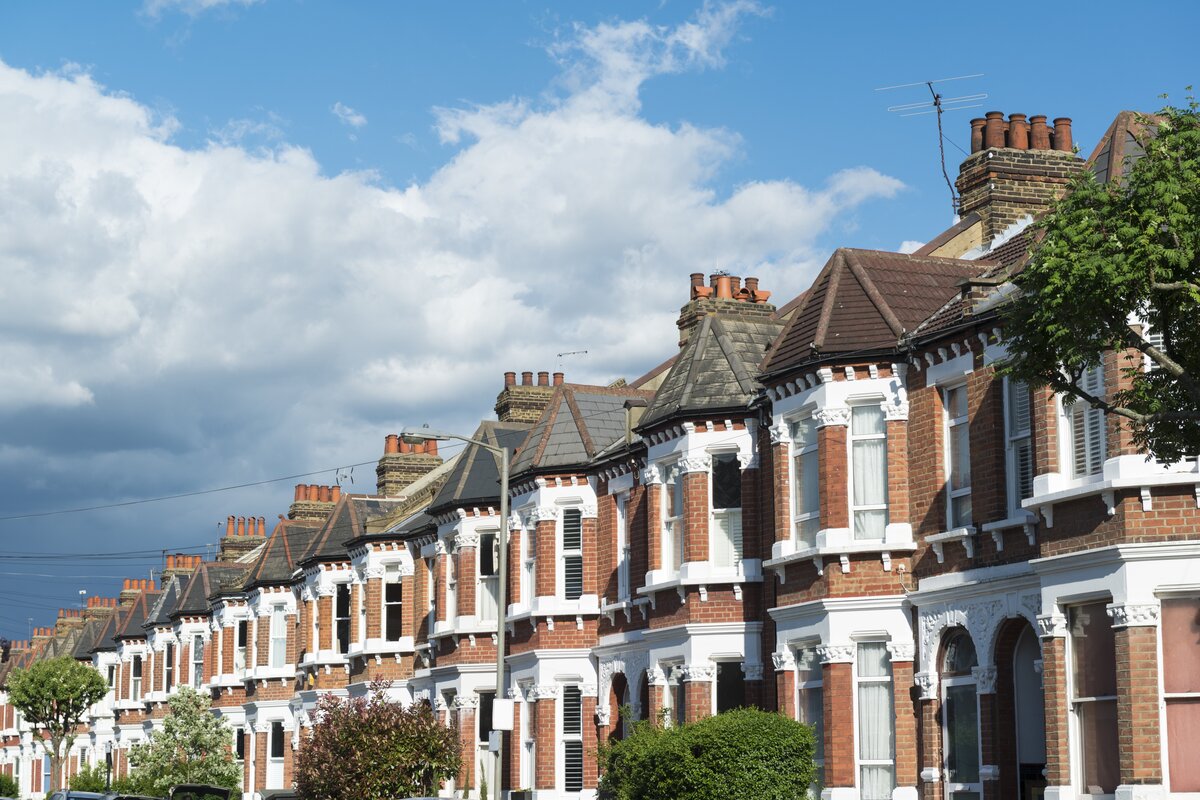Avoid Making a Costly Mistake by Not Checking When You Go onto the Lender’s SVR
Written on 9 March 2025 by

How the Standard Variable Rate UK Affects Your Monthly Mortgage Payments
As of February 2025, the Bank of England's base rate stands at 4.5%. This recent reduction has meant that borrowers on a tracker or variable-rate mortgage have seen their payments reduce in March 2025. However, future Bank of England base rate movements remain uncertain, and it’s important to stay informed about the latest developments to avoid unexpected increases in your payments.
What Is Standard Variable Rate and Why Should You Care?
A Standard Variable Rate (SVR) is the interest rate your lender can change at any time, typically in response to the Bank of England’s base rate changes. While SVRs can be lower initially, they often rise once your introductory offer or fixed rate expires.
For example, if the Bank of England raises the base rate by 0.25%, your lender might increase its SVR by the same amount, but they could also choose to increase it by more. In some cases, they may choose to keep the rate the same, but this is becoming less. When you’re moved onto an SVR, it’s important to keep a close eye on your payments to avoid paying a higher interest rate than you need to.
The Current SVR Landscape: Are You Paying Too Much?
As of February 2025, SVRs range from around 5.19% to 8.24%, depending on the lender. This gap can seem significant, and it’s important to be aware of your lender's current SVR, especially if you’re approaching the end of a fixed-rate term.
The reason there’s such a wide range between lenders is due to their different policies on risk assessment and market positioning. This disparity means that simply accepting your lender’s SVR could cost you hundreds more per month than you need to pay.
If you’re on an SVR and haven’t reviewed your mortgage terms recently, it may be time to shop around and see if another lender can offer you a better deal, or whether you should remortgage to a more favourable product.
Options for Homeowners: Fixed-Rate Mortgages vs. SVR
When your fixed-rate deal ends, you have a few options to consider. Moving on to the lenders SVR is one, but as we’ve highlighted, this could mean paying significantly more. Alternatively, you can look at a product transfer or remortgaging.
Tracker mortgages, which are typically tied to the Bank of England base rate, are another option. They may offer lower rates than SVR but can still rise as the base rate increases.
How to Avoid the SVR Trap
If you’re concerned about moving onto your lender’s SVR, here are a few steps you can take:
- Product transfer or remortgaging - as your fixed rate nears its end, start looking for better deals. Many homeowners are unaware that remortgaging is an option, and it’s often easier than they think
- Explore lender tracker products - if you’re on or moving onto an SVR, consider switching to a lender's tracker product, which will be considerably less than the SVR and still offers similar flexibility
- Consult a mortgage broker - a mortgage broker can help you navigate the mortgage market and find the best deal for your circumstances. With expert advice, you can be confident that you’re making an informed decision
Conclusion: Don’t Get Caught Out by the SVR
The transition to a lender’s SVR could result in a significant increase in your monthly mortgage payments. With interest rates remaining uncertain, it’s more important than ever to stay on top of your mortgage terms and make sure you’re not paying more than necessary.
Check your SVR, compare it to other available rates, and if necessary, remortgage or refinance to a better deal. By staying proactive, you can avoid the costly mistake of simply letting your mortgage drift onto an SVR that might cost you hundreds more per month.
If you're unsure about your next steps, consulting with a mortgage broker can provide clarity and help you make the right decision for your finances.
So, what should you do? Get in touch with one of our experts at John Charcol. We’ll be able to advise you on what deals are out there and how much you could save in interest. Call us today on 0808 303 5528.
Category:Nicholas Mendes


